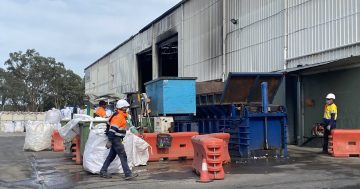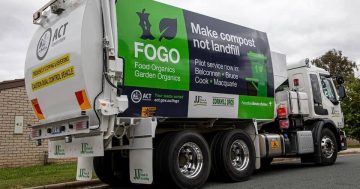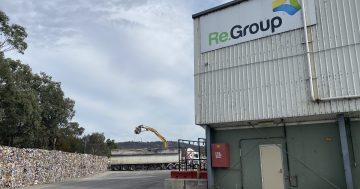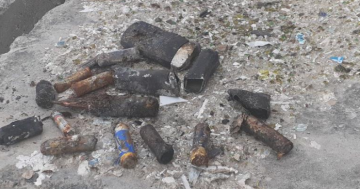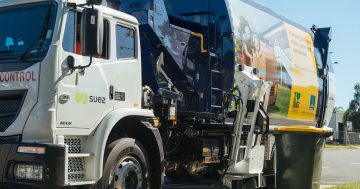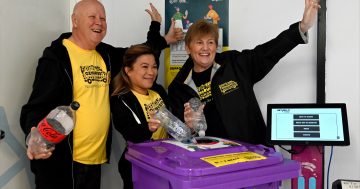
The recent kerbside bin audit suggests Canberrans are making an effort to cut down on their rubbish. Photo: Region.
The amount of waste Canberrans are sending to landfill has fallen by more than 15 per cent in the past eight years, according to a recent audit of what’s in kerbside bins.
The ACT Government contracted A.Prince Waste Consultants to look at more than six tonnes of waste collected from 700 households, including 350 standalone houses and 364 apartment blocks in April last year.
It found the average ACT household generates 10.3 kilograms per week, with general waste making up 7.7 kg and comingled recycling 2.6 kg.
This compares to the last audit in 2014, when the average ACT household threw out 14.2 kg every week, 9.54 kg of which was general waste and 4.65 kg recycling.
The government says these figures show Canberrans are “proactively working” to reduce waste.
“We know that waste going to landfill is one of the leading sources of emissions where garbage eventually turns into methane, a powerful greenhouse gas,” Minister for Transport and City Services Chris Steel said.
“Our most recent waste audit findings show that Canberrans are going to great lengths to reduce the amount of garbage going to the tip, which reduces these types of emissions compared to a similar analysis conducted almost a decade ago.”
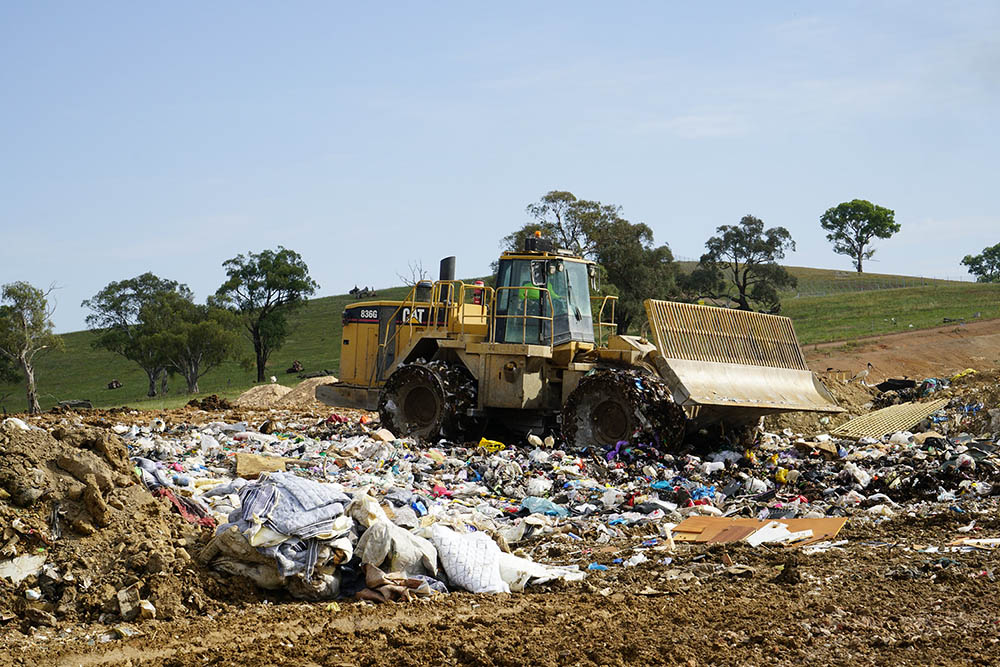
The amount of food waste ending up in landfill has fallen by around 7 per cent since the 2014 audit. Photo: ACT City Services.
As for what’s inside, the most common finds were loose food and containerised food for both single dwellings and multi-unit developments, followed by contaminated paper, animal waste, nappies, recyclable plastics, textiles and garden organics.
However, there was a marked reduction in the number of food organics and garden organics (FOGO) in bins from households in Belconnen, Bruce, Cook and Macquarie, which Mr Steel hailed as a win for the government’s FOGO collection trial in these areas.
“The audit shows that the FOGO pilot is working as intended to significantly reduce the amount of material going into landfill,” he said.
Food waste put in the household landfill bin reduced by around 7 per cent compared to the last 2014 audit, but still takes up around 27 per cent of bin capacity by weight.
For households participating in the FOGO collection pilot, however, this figure was down to 15.9 per cent.
“The ACT Government is working towards the roll out a city-wide FOGO service, so that all Canberrans can benefit from the same success we’re seeing in the Belconnen pilot area,” Mr Steel said.
“Environmental approvals have already started for the new facility, which will have capacity to process more than 50,000 tonnes of food and garden organics each year, with food scraps turned into a valuable resource instead of going to landfill.”
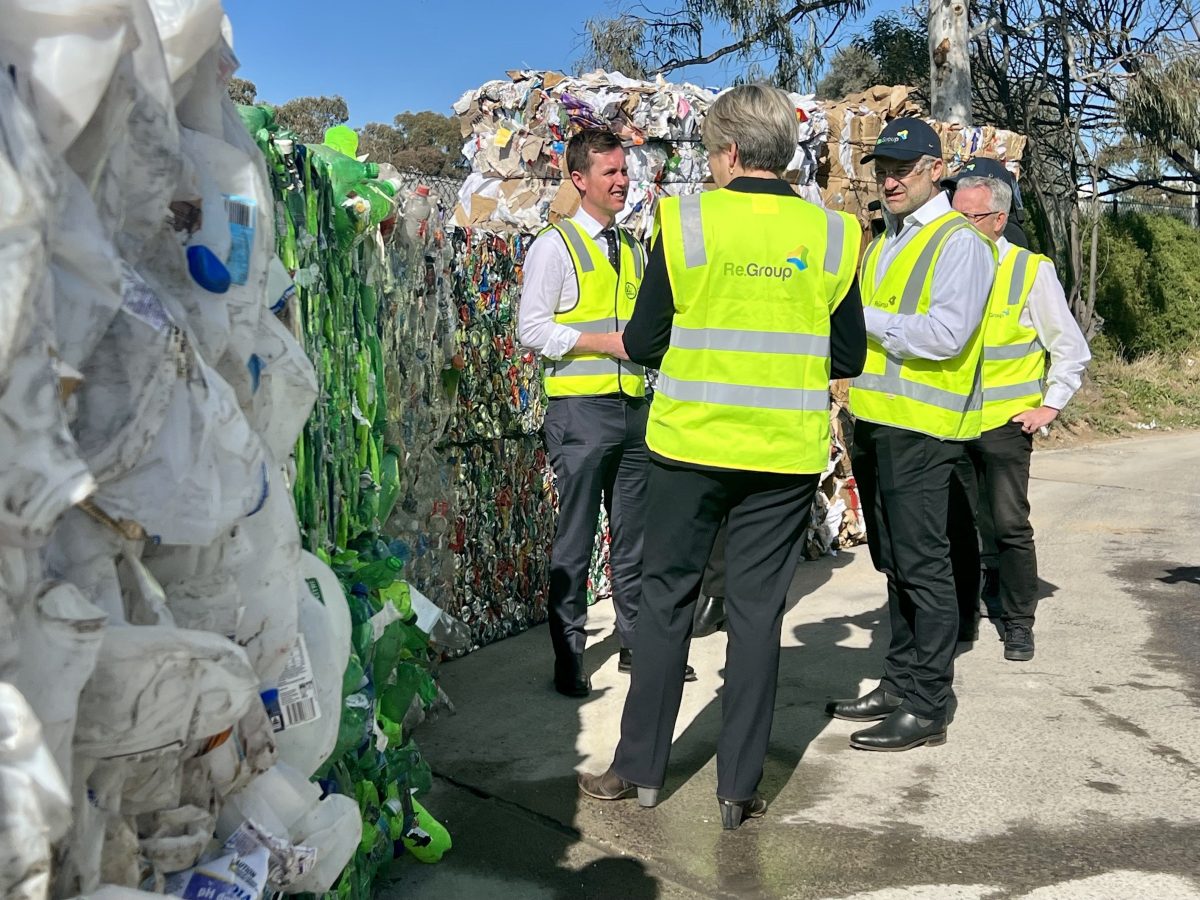
Chris Steel (left) at the Hume Recovery Facility: the audit found the contamination rate in recycling bins from multi-unit dwellings had risen sharply since the last survey. Photo: James Coleman.
Mr Steel also credited the container deposit scheme for taking some of the recycling burden.
“Our ACT container deposit scheme introduced in 2018 has also likely had some benefits to the amount of kerbside recycling occurring in Canberra households with more eligible items being recycled outside of weekday collections,” he said.
The audit found an average of one eligible container deposit scheme container in landfill bins surveyed.
It’s not all good news, however.
The audit found the contamination rate in recycling bins from multi-unit dwellings had risen sharply from 7.9 per cent to 21.7 per cent in 2022.
Soft plastics also made up 5.7 per cent of the overall waste by weight, “a significant amount given soft plastics are light”.
And despite the ACT-wide ban on lightweight single-use plastic bags, the audit found they still made up 0.18 per cent of the general waste stream, slightly less than barrier bags for fruit and vegetables.
Thicker plastic bags from supermarkets also made their way into the recycling stream.
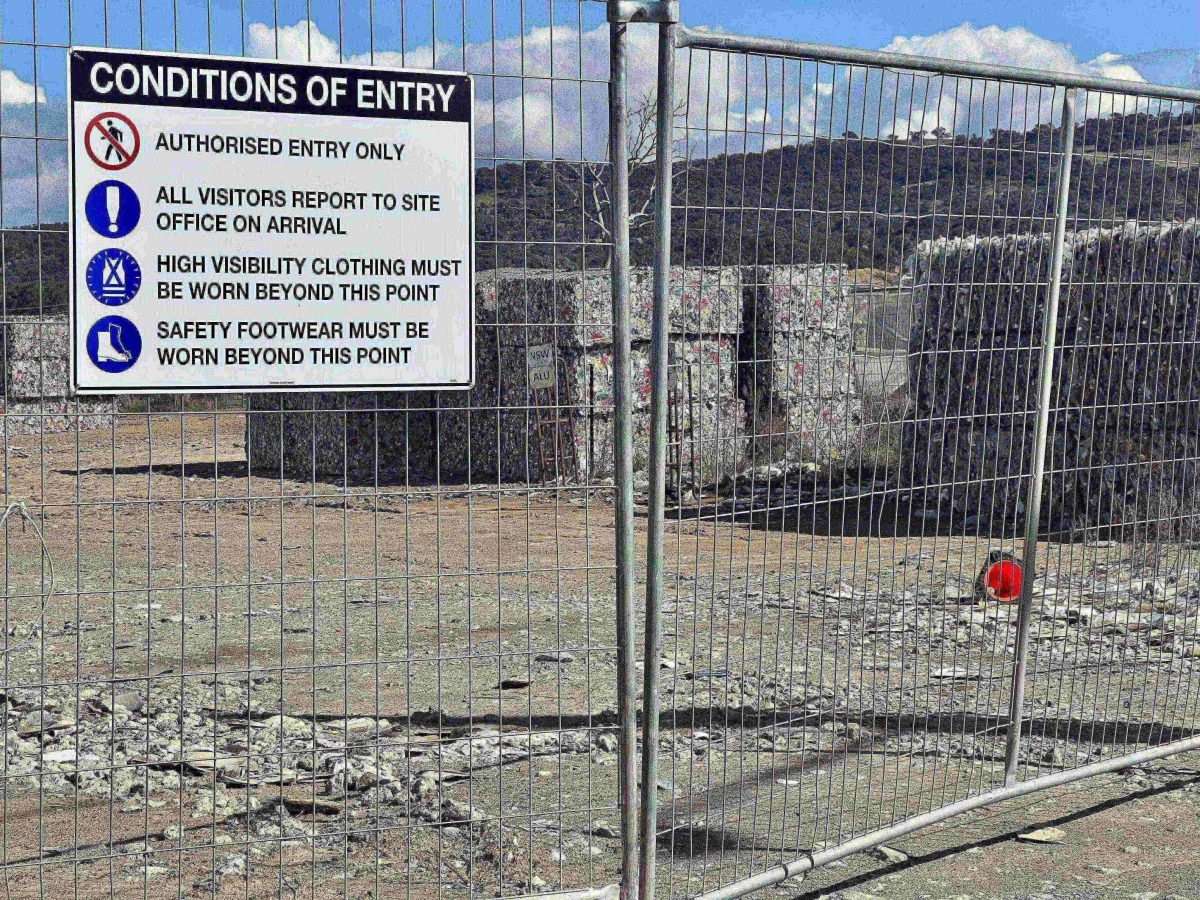
The container recycling scheme launched in 2018 has helped increase the rate of recycling in the ACT. Photo: James Coleman.
The government said the purpose of the audit was to “help inform the design of waste infrastructure and services in the ACT”.
“The data has helped to identify opportunities within the transfer stations for improved resource recovery, as well as measure the effectiveness of key initiatives such as the Container Deposit Scheme, the bulky waste collection service and the FOGO pilot,” it said.
A spokesperson for the ACT Government said previous campaigns and initiatives over the past decade, including ‘No Waste by 2010’, have also “contributed to the decrease of resources sent to landfill”.
“For example, the green waste bin collection which commenced in 2017 has over 96,000 households diverting green waste away from landfill. Similarly, the bulky waste service which commenced in 2020 recovers 39 per cent of material collected for reuse or recycling.”












